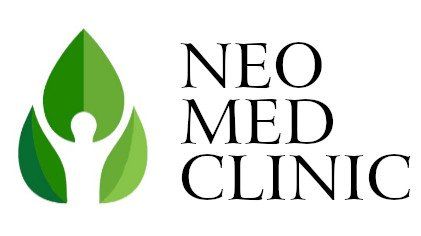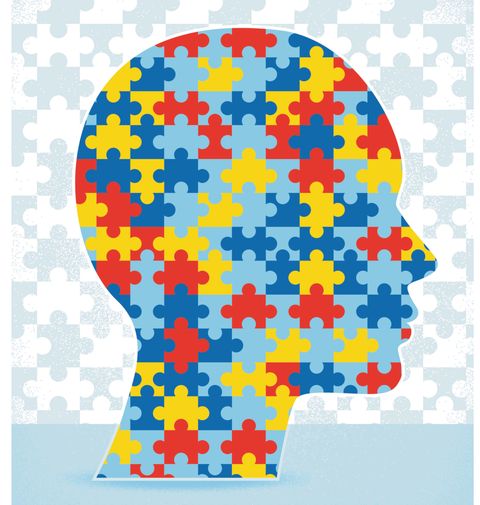A Much More Effective & Realistic Approach
To a Full Recovery From Autism
The True Cause of Autism Is Not What You Think…
If you or a family member suffers from Autism, it’s important to understand that there’s a more natural and holistic approach to recovery that you may not be aware of.
If you’ve read the latest news or researched online, it’s more than likely that you’ve been told that Autism is a psychological disorder.
But this couldn’t be further from the truth!
Autism, when looked at much more closely, is actually not a psychological disorder. In fact, it’s actually a TOXIN DISEASE.
This means that full recovery is possible once both the toxin issue is addressed, as well as the recovery of natural health is properly implemented.
“We developed the Child Health Recovery Programme (which is a natural and holistic approach to health). This is specifically for patients who currently suffer from developmental disorders, neurological disorders that may or may not include long-term post-vaccination adverse effects.”
This is
a worldwide health recovery programme that has been proven to be highly effective when implemented correctly. This unique programme lasts for 24 months total and is implemented on a quarterly basis in order to achieve the greatest benefits. The length of the programme may vary per patient.
What we’ve discovered is that children between the ages of 2 to 4 (and depending on the severity of their condition) typically recover in less than 24 months. Older children who may be in their teens may take more than 24 months. Typically, recovery for those in this age group is between 36-48 months on average.
The Consultation Process and Cost In More Detail
The first consultation and evaluation will include a complete review of your condition in order to evaluate how severe it currently is. We will also carefully examine your current diet and state of wellbeing as well to get a better idea of your general health and lifestyle choices. At the end of this process, we’ll then determine the most optimal treatment and strategy that’s specific to your health needs.
This initial evaluation process typically lasts up to 90 minutes at a cost of €150.
Before this evaluation, it’s vital that a new patient complete our Health Assessment Questionnaire (CoreMetrix v.1.7) via email as instructed by us. This takes around 15-30 minutes to complete on average. This form needs to be completed and turned in to us at least 48 hours before your first appointment.
Life Is Too Short To Live With Autism.
We Have a Proven Solution That May Help!
Fill Out The Form Below. We’ll Contact You Within
48 Hours To Arrange An Appointment.
Contact Us
We will get back to you as soon as possible.
Please try again later.
3.4. Autism Spectrum Disorders
Autism spectrum disorder (ASD) results from multiple etiologies with both genetic and environmental contributions, including at least 23 different infections, seven of which are chronic infections (Babesia, Bartonella, B. burgdorferi, Ehrlichia, Human Herpesvirus-6, Chlamydia pneumoniae and Mycoplasma), and the immune reactions associated with these infections [7]. Skepticism of the association between LB and ASD is partially based upon using the CDC surveillance criteria as a sole diagnostic criterion [58] and the validity of this belief has been challenged with this group of patients [59]. ASD has been found to be associated with LB [7,57,59,60,61,62,63,64,65,66]. The timing of the infection and immune response is critical in determining the pathophysiology. In congenital infections maternal immune reactions to infections appear to adversely affect fetal brain development and possible pathophysiological mechanisms include both autoimmune and inflammatory processes [7,57]. The association between ASD and LB is often overlooked. One study demonstrated 94% of children with a diagnosis of ASD and LB initially tested negative on current two tier CDC B. burgdorferi surveillance criteria testing, however 92% of LB patients with ASD had reactivity of the highly specific 34 kilodalton (kDa) band (outer surface protein-B) and the less specific, but neurotropic and often significant 31 kDa band (outer surface protein-A) on Western blot testing which had previously been included in the CDC surveillance criteria and reported on the commercially available tests for B. burgdorferi [67]. After the Dearborn meeting in 1994 the 31 kDa and 34 kDa bands were removed from the CDC surveillance criteria, which facilitated the planned development of vaccines based upon these two antigens, but reduced the sensitivity of the CDC surveillance criteria and contributed to an underdiagnosis of some patients [67,68].
States in the United States with the highest prevalence of ASD have the highest prevalence of B. burgdorferi and states with the lowest prevalence of ASD have the lowest prevalence of B. burgdorferi [69].
Treatment of LB during pregnancy can prevent the development of ASD associated with LB [57]. Another study demonstrated antibiotic treatment can reduce symptoms of ASD associated with LB [69].
Full text
https://www.mdpi.com/2227-9032/6/3/104/htm


